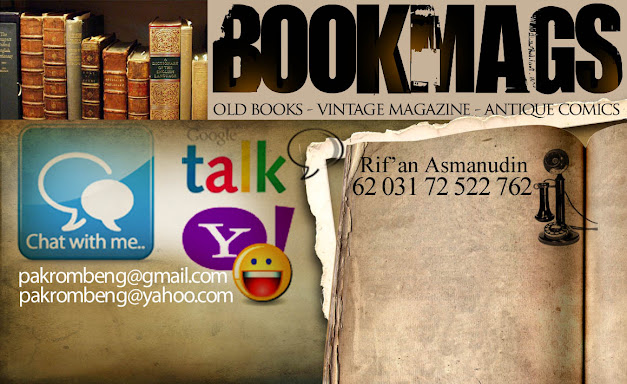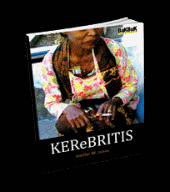
European Comics
European comics is a generalized terms for comics produced in Continental Europe. Though technically European, British Comics are for historical and cultural reasons considered separate from European comics due to the existence of a well-established domestic market and traditions which more closely resemble the development of American Comics.
Though many purely European comic books exist, the comic album is a very common printed medium. The typical album is printed in large format, generally with high quality paper and colouring, roughly A4-sized, approx. 22x29 cm (8.4x11.6 in), has around 40-60 pages, but examples with more than 100 pages are common. In Anglo-Saxon terminology these would be called graphic novels, but this term is rarely used in Europe, and is not always applicable as albums often consist of separate short stories, placing them somewhere halfway between a comic book and a graphic novel. The European comic genres vary from the humorous adventure vein (such as Tintin and Asterix), especially in its earliest forms, to more adult subjects.
The roots of European comics can be found as early as 18th century caricatures and later with precursors in the form of illustrated picture books like Wilhelm Busch' Max and Moritz. The early 19th century Swiss artist Rodolphe Töpffer is regarded by many as the "father of the modern comic" and his publication Histoire de M. Vieux Bois is sometimes called the first "comic book". Franco-Belgian comics are historically among the dominant scenes of European comics. It started in Belgium in the 1920s, followed quickly by France. In later years, manga has become successful, and as a consequence many French and German artists are now drawing comics in manga style.
Manga
Manga, literally translated, means "whimsical pictures". The word first came into common usage in the late 18th century with the publication of such works as Santō Kyōden's picturebook "Shiji no yukikai" (1798), and in the early 19th century with such works as Aikawa Minwa's "Manga hyakujo" (1814) and the celebrated Hokusai manga containing assorted drawings from the sketchbook of the famous ukiyo-e artist Hokusai. The first user of the word "manga" as its modern usage is Rakuten Kitazawa.
Historians and writers on manga history have described two broad and complementary processes shaping modern manga. Their views differ in the relative importance they attribute to the role of cultural and historical events following World War II versus the role of pre-War, Meiji, and pre-Meiji Japanese culture and art.
The first view emphasizes events occurring during and after the U.S occupation of Japan (1945–1952), and stresses that manga was strongly shaped by U.S. cultural influences, including U.S. comics brought to Japan by the GIs and by images and themes from U.S. television, film, and cartoons (especially Disney). Alternately, other writers such as Frederik L. Schodt, Kinko Ito, and Adam L. Kern stress continuity of Japanese cultural and aesthetic traditions as central to the history of manga.

This entry was posted
on Wednesday, January 21, 2009
at 3:50 PM
and is filed under
comics
. You can follow any responses to this entry through the
comments feed
.
Welcome to the home of BookMags. Please search or browse our inventory of hard to find, out of print, used, and rare books. We have hundreds of thousands of old and vintage books, magazines and antiques. Enjoy and please let us know if you had any interested on our stuff.

About BookMags
Gallery

Categories
Live Traffic Map


